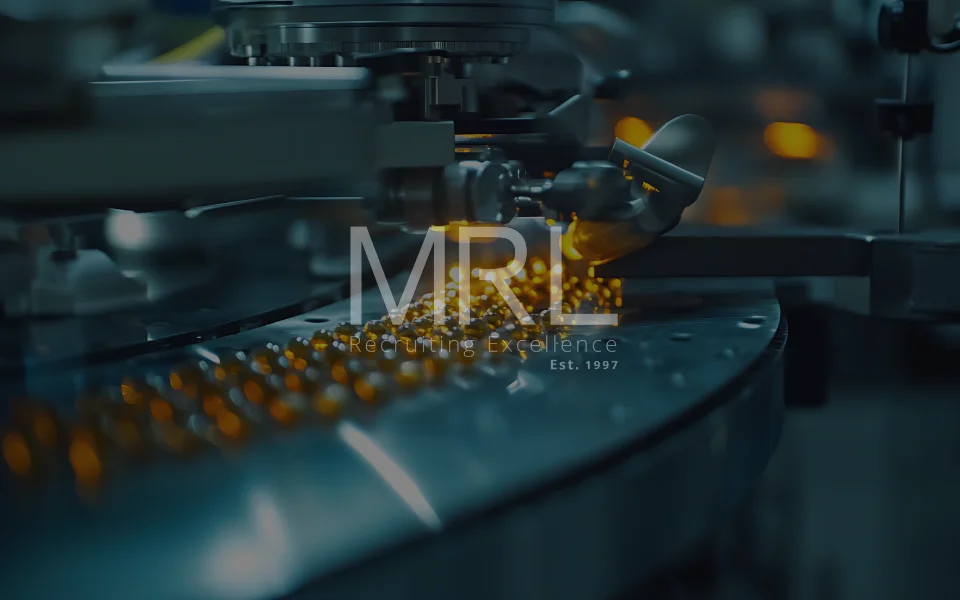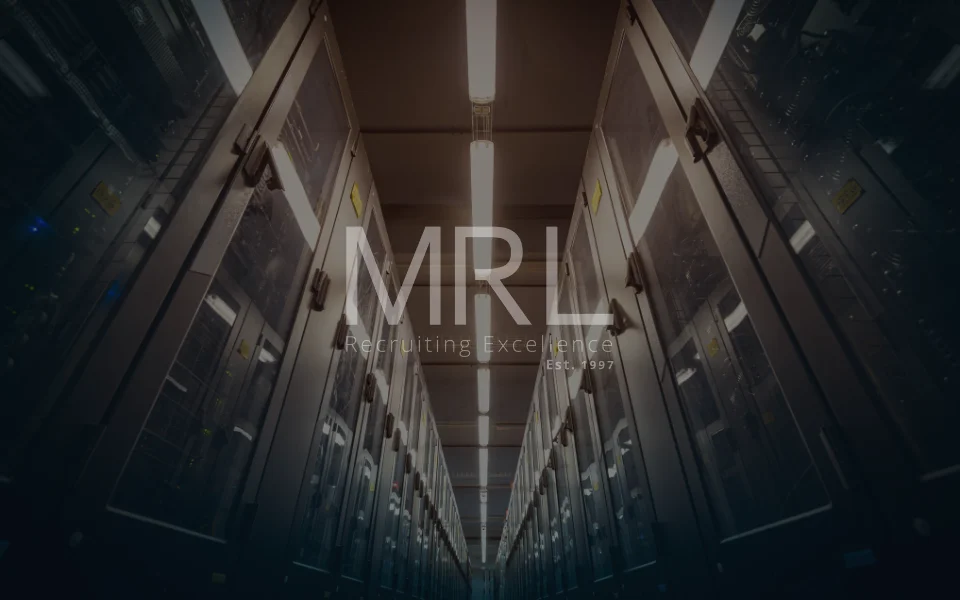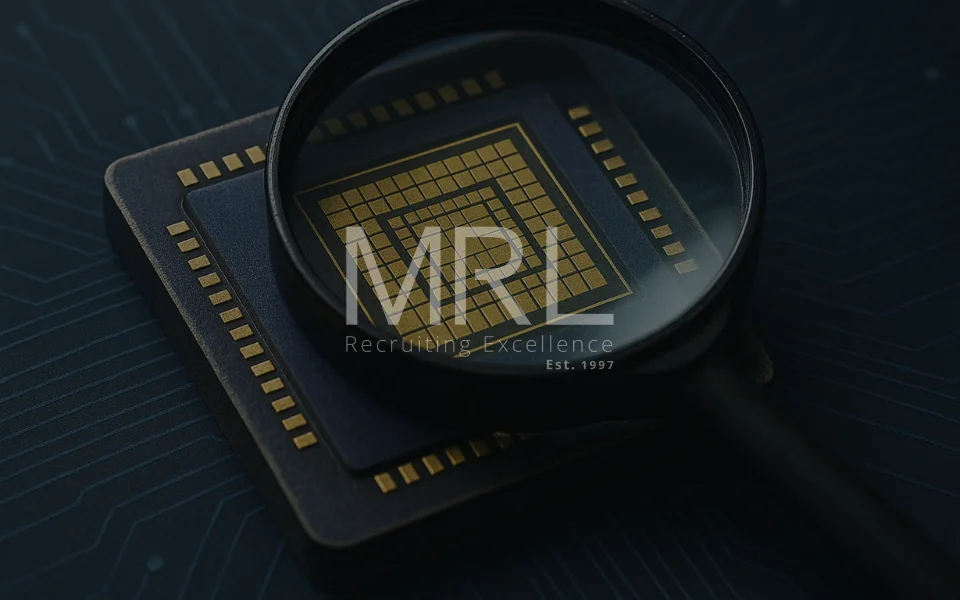What are the different vaccine technologies?
13 Mar, 20235 minutesWhat are the different vaccine technologies?Vaccine technology has developed significantly s...

What are the different vaccine technologies?
Vaccine technology has developed significantly since Edward Jenner’s discovery of the smallpox vaccine in 1796. Today, vaccines are an essential tool for preventing and controlling the spread of infectious diseases, as we saw with the Covid-19 pandemic.
The demand for innovation and expertise in this field is ever-present and fuels the continual development of vaccine technologies. In this article, we highlight six of the most common vaccine technologies, each with its own unique approach to stimulating the body's immune system.
What are the 6 main vaccine technologies?
There are several different vaccine technologies that have been developed, each with its own advantages and disadvantages. Here we look at six common vaccine technologies, namely inactivated, live-attenuated, subunit, mRNA, toxoid, and vector vaccines.
Inactivated or Killed Vaccines
These vaccines contain whole bacteria or viruses that have been killed or inactivated. When introduced to the body’s immune system, the presence of the virus or bacteria will be strong enough to trigger an immune response, but it will be incapable of causing disease. However, it is generally recommended that several doses of inactivated vaccines are administered in order to build immunity fully. Examples include the polio vaccine, the hepatitis A vaccine, and the flu vaccine.
Live-Attenuated Vaccines
These vaccines contain live, weakened bacteria or viruses that are able to replicate in the body but are unable to cause disease. Because these vaccines contain a live version of the virus or bacteria, the body’s immune system develops a strong response and typically remembers that bacteria or virus for an extended period. Examples of this vaccine technology include the measles, mumps, and rubella (MMR) vaccine and the chickenpox vaccine.
Subunit Vaccines
These vaccines contain only a piece of the virus or bacteria, such as a protein or sugar molecule, rather than the entire organism, which means that no live pathogen is present in the vaccine. This makes subunit vaccines ideal for young children, the elderly, and immunocompromised patients, as they shouldn’t be given ‘live’ vaccines.
There are several types of subunit vaccine technologies, namely recombinant, protein-based, polysaccharide, and conjugate vaccines.
Recombinant vaccines
Recombinant vaccines use genetic engineering techniques to produce specific proteins from a pathogen that can stimulate the immune system to create an immune response. These proteins are inserted into a harmless virus or bacterium, called a vector, which is then used to deliver the protein into cells in the body, where it is used to produce the protein. Examples include the recombinant hepatitis B vaccine and the shingles vaccine.
Protein-based vaccines
These vaccines trigger an immune response by using a specific protein from a pathogen. This protein is typically isolated from the pathogen and then purified in a laboratory setting. The purified protein is then formulated into a vaccine and injected into the body. The MenACWY vaccine is an example of a protein-based vaccine.
Polysaccharide vaccines
Polysaccharide vaccines help to build immune responses against bacteria that typically have polysaccharides, or sugar molecules, that cover their surface. These vaccines contain small pieces of these polysaccharides from certain types of bacteria.
When the vaccine is injected into the body, the immune system will recognize the sugar molecules as foreign bodies and fight them off by producing antibodies. These antibodies provide protection against future exposure.
Conjugate vaccines
These vaccines help create immune protection against bacteria that have antigens encapsulated in polysaccharides. The sugar coating makes it difficult for the immune system to detect and fight off the bacteria.
A conjugate vaccine contains a protein along with the polysaccharide, helping the immune system to create antibodies against these types of bacteria. Examples of this vaccine technology include the Haemophilus Influenza Conjugate Vaccine (Hib) and Pneumococcal Conjugate Vaccine.
Messenger RNA Vaccines
These vaccines are one of the latest developments in vaccine technology and allow for vaccines to be developed quickly. mRNA vaccines are created using a small piece of the virus or bacteria's genetic material.
When administered, it triggers the body's immune response, which generates antibodies that fight off the virus or bacteria without causing the person to become ill. Examples include the Pfizer-BioNTech and Moderna COVID-19 vaccines.
Vector Vaccines
These vaccines use a harmless virus or bacterium as a vector to deliver a piece of the virus or bacteria's genetic material to stimulate an immune response. Examples include the Johnson & Johnson COVID-19 vaccine and the Ebola vaccine.
Toxoid Vaccines
Some bacteria produce harmful toxins that cause infection in the body. Toxoid vaccines chemically modify these toxins to make them inactive. However, its antigenic properties are retained so that, when injected into the body, it triggers an immune response. Examples of this vaccine technology include the diphtheria and Tetanus vaccines.
Careers in the vaccine and life sciences industry
There are endless opportunities for those interested in the vaccine and the greater life science industry. The continual emergence of viruses and the potential for pandemic outbreaks means that a career in virology or any other related to the development of vaccines will always be in demand. Likewise, careers in the life sciences will also never lack demand due to the constant drive for innovation in this industry.
Final Thoughts on vaccine technologies
Vaccines play a crucial role in combating viruses, bacteria, and other illnesses ranging from the common flu to tetanus. The various vaccine technologies, including inactivated, live-attenuated, subunit, mRNA, toxoid, and vector vaccines, each have their unique approach to stimulating the body's immune system. As viruses, bacteria, and other pathogens continue to evolve, the development of new vaccine technologies will remain a priority, as it is essential in the fight against infectious diseases.
Our Life Sciences team are poised to help candidates find the next step in their career with some of the most exciting companies in the industry, and proactively utilise their network to find clients the best professionals on a global basis.
If you'd like to talk to one of our consultants, please email us on lifesciences@mrlcg.com and we'll get in touch.





